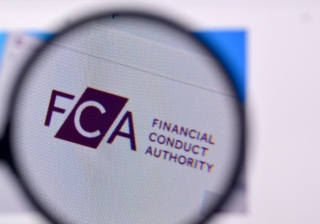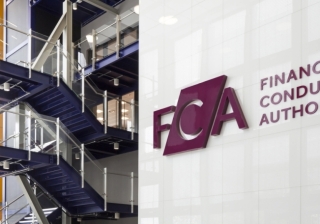Five statistics about adverse credit
With consumers being more likely to experience poor credit as a result of missing even the smallest of payments, it is easier for people to fall into adverse credit today than ever before.

"We still know relatively little about the size of potential for the adverse credit mortgage market and the opportunity for mortgage brokers."
There is a lot of information available that builds a strong case for the growth of the adverse mortgage market, but how common is adverse credit? Here are five interesting statistics.
1. Unsecured debt is historically high
According to the Bank of England, total outstanding consumer credit, excluding student loans, peaked at £218.23bn at the end of June this year. This is an increase of 17% over the last decade where it was reported to be £185.85bn exactly 10 years ago.
2. Nearly 100,000 CCJs are registered every month
According to Registry Trust, the number of County Court judgments (CCJs) issued against consumers in England and Wales in the first half of 2019 increased to 586,765. This is a rise of 3% on the same period last year and not far off the peak in 2017. It means that nearly 100,000 CCJs are registered against individuals every month.
3. Debt Management Plans (DMPs) are more common than you think
An FCA thematic review of the debt management sector published in March of this year found that 3% of UK adults had used a debt advice or debt management service in the last 12 months. Based on the latest ONS estimate for the UK adult population, this would equate to an estimation of nearly 1.6 million people.
4. Interest payments are significant
In June this year, the average interest rate on a credit card was 19.99%. Based on 2019 trends, the UK’s total debt over a 12-month period would be £50.8bn – an average of £139m per day. This equates to average interest costs per household of £1,894.
5. Household debt is growing
The Office for Budget Responsibility published forecasts in October 2018 that anticipated total household debt-to-income ratio (including mortgages) to gradually increase in coming years, from 133% in 2018, to a peak of 150% in early 2024.
Despite all of the macro-statistics about the credit landscape of the UK, we still know relatively little about the size of potential for the adverse credit mortgage market and the opportunity for mortgage brokers.
At Pepper Money, we conducted some research in partnership with YouGov, to find out.
For a deeper insight into how wider economic trends are impacting the behaviour and beliefs of your clients, keep an eye out for Pepper Money’s findings.

Breaking news
Direct to your inbox:
More
stories
you'll love:
This week's biggest stories:
FCA
Firms required to report complaints involving vulnerable customers under simplified FCA rules

FCA
FCA sets out timeline for mortgage rule changes

Santander
Santander joins mortgage price war with new rates from 3.51%

Inflation
Bank of England set to cut rates as inflation falls to eight-month low

This week's biggest stories:
FCA
Firms required to report complaints involving vulnerable customers under simplified FCA rules

FCA
FCA sets out timeline for mortgage rule changes

Santander
Santander joins mortgage price war with new rates from 3.51%

Inflation
Bank of England set to cut rates as inflation falls to eight-month low

Nationwide
FCA fines Nationwide £44m for inadequate financial crime controls

FCA
FCA announces new measures to support growth of mutuals sector
